The word ‘trendy’ usually brings to mind one of two things: older people trying desperately to keep up-to-date with current fads, or someone who has a willingness to follow, rather than lead. It’s true: blindly following trends – in your personal and professional life – because of your peers, colleagues or competitors is rarely a good thing to do.
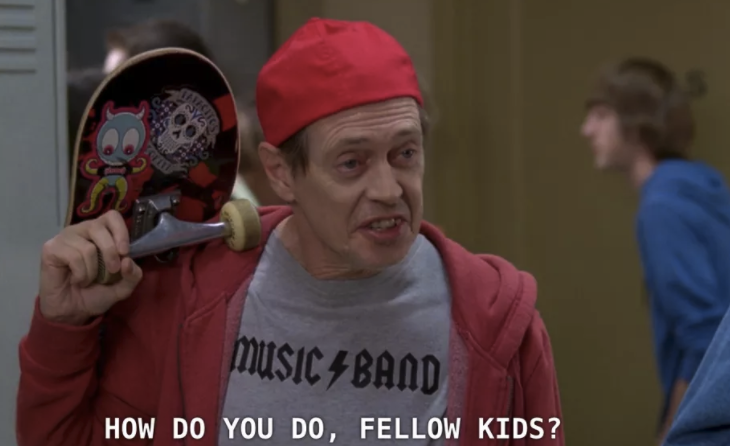
But when it comes to business best practice, it’s actually an advantage to be aware of the trends that are gaining traction and making an impact; you never know which of today’s ‘trends’ will become tomorrow’s ‘business as usual’.
Yesterday, we ran a workshop for nearly 100 people from all different types of brands, to discuss emerging trends – technologies and processes – that we think present a huge opportunity for the businesses of today.
Here’s a quick run-down of the key things we covered…
What Actually Is A Trend, and How Can I Keep Up?
For the sake of the workshop, we defined a ‘trend’ as: a(n) economic or technological happening(s) that drives behaviour and global / local change.
We also wanted to clarify the distinction between trend forecasting and trend synthesising: Trend forecasting is the act of predicting forthcoming influences or changes in a specific market, then taking into consideration how these will impact industries in the future. Trend synthesising is much more about the short-term viewpoint; gathering evidence of what is currently happening and judging whether or not this [trend] is something that should be responded to, to improve customer experiences. The latter, trend synthesising, is what we were doing at the workshop (and what we do here at Bunnyfoot).
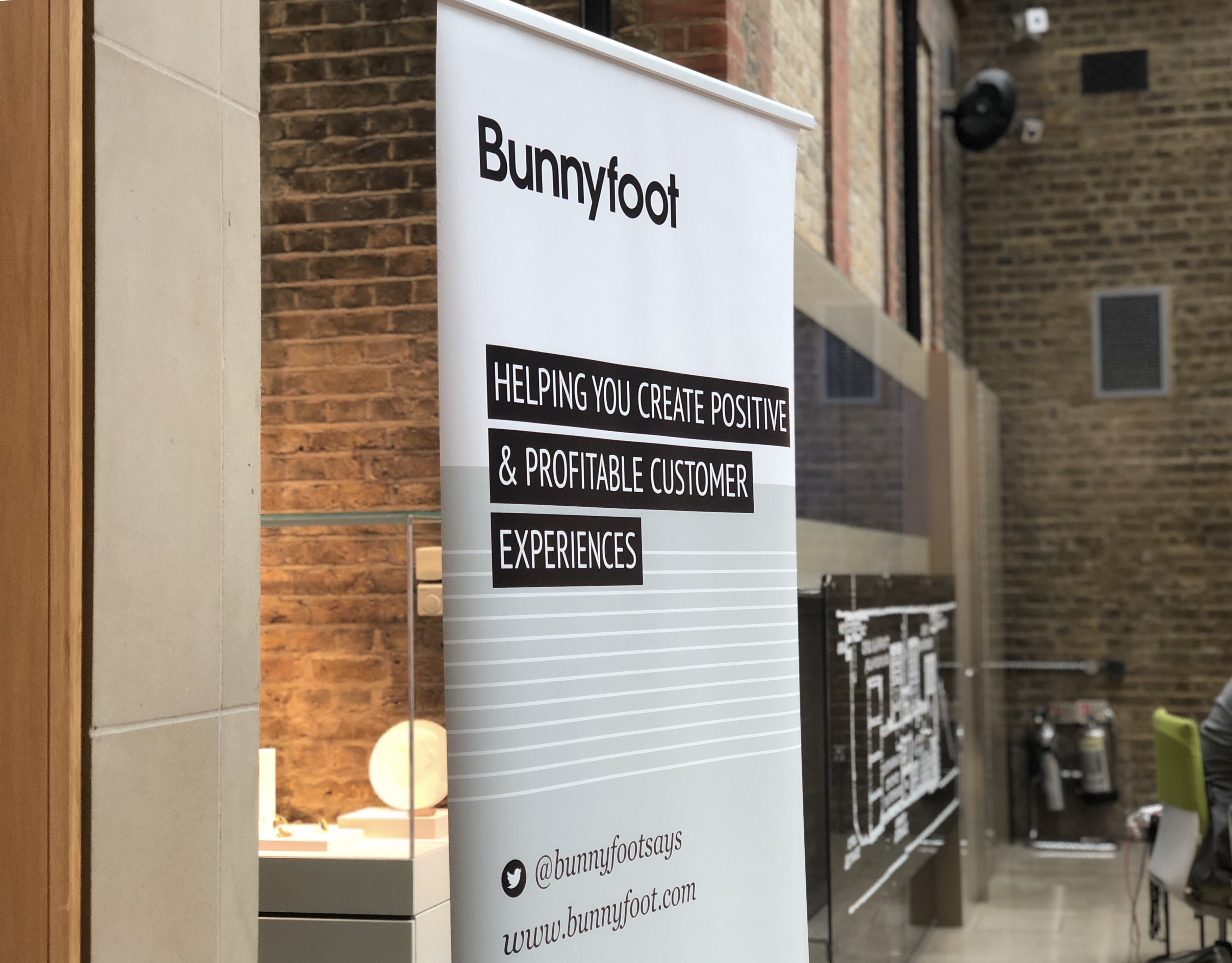
Websites, online and offline publications, conferences, meet-ups (the geeky kind!)… and, of course, the work we do and the people we work with, are just some of the ways that we keep up-to-date with industry trends here at Bunnyfoot.
Chatbots and Voice Assistants: Not There Yet
We’ve chatted (sorry) about chatbots and VCUIs (Voice Conversational User Interfaces), like Amazon’s Alexa, a couple of times before – and for good reason, given the huge potential of these technologies. But despite the opportunities, the overall feeling seems to be that VCUIs and chatbots aren’t quite meeting user expectations. Yet.
One thing we discussed at the workshop was that, when it came to chatbots and VCUIs, the problem wasn’t just that they failed, but that when they did so, recovery could often be slow and frustrating for users. Ben Sauer compared them to Manuel from the British sitcom Fawlty Towers, saying, “Like Manuel, bots have limited shared vocabulary, very poor skills and coordination… You’re never really sure whether the job’s going to get done.”
Another reason for the discord between user expectations and the capability of the technology is that, increasingly, people are looking to chatbots and VCUIs for companionship… yet, they are not currently able to enter into and maintain ‘conversations’, in the way that we (humans) are. Conversations are learned ways of communicating that people use to make themselves feel understood, and must follow certain maxims in order to feel genuine – which chatbots and VCUIs are unable to do. This is, perhaps, why when interactions with chatbots and VCUIs go wrong, people often have an emotional reaction; they take it personally, or find it upsetting. With this in mind, it’s not surprising that Apple has hired software engineers with backgrounds in psychology to work on future updates of Siri…
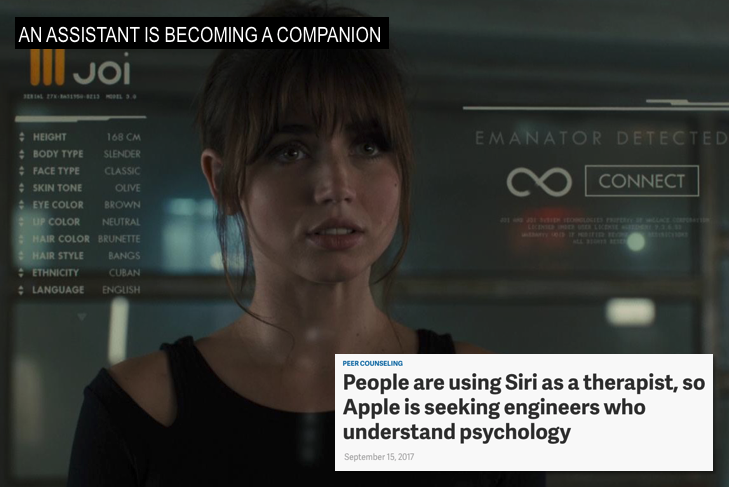
Immersive Experiences through VR and AR
Virtual reality (VR) and augmented reality (AR) are often grouped together – and it makes sense that this would be the case – yet it’s important to understand how they differ. VR is when you’re totally immersed in the computer-generated experience – there is no view of the world around you. AR, on the other hand, is where you can see the ‘real’ world, but it’s supplemented by computer imagery. In fact, many people will have had experiences with ‘augmented reality’ without realising it; for example, if you’ve ever used Snapchat or played Pokemon Go, you’ve experienced AR technology.
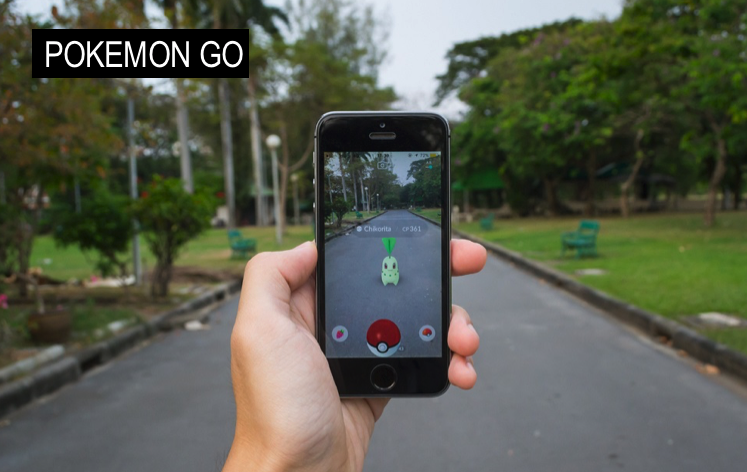
Although VR and AR are almost staples of futuristic science fiction films and novels, immersive experiences aren’t a “new” thing: they’ve been around since the 1950s. However, VR and AR are becoming more accessible than ever due to the increase in affordable headsets and the prevalence (and growing capabilities) of smartphones.
The use of VR and AR technology is broadening – from e-commerce to gaming to healthcare – as the advantages of capitalising on this trend become clear. VR and AR have the potential to marry user needs with business goals, at the same time as creating something digitally delightful for users in the process. With these technologies, customer experiences that were once thought unrealistic are quickly becoming realities – and the possibilities are only going to get more exciting.
The Importance of Internal UX
It’s fair to say that over the last few years, the focus of UX has been customers rather than internal users. But we’re seeing more and more organisations realise that the customer experience and employee experience go hand-in-hand.
Dr Nick de Leon (RCA) gave a great talk about how we should move beyond user centricity towards anthropocentric design, where the experience is created equally for the provider and the recipient – which summarises this trend in a nutshell.
So, what can you do to improve your company’s internal UX? One of the best things you can do is to engage with your staff (both front-of-house and back-stage). Don’t just ask them questions; observe their behaviour. What frustrates them? In which situations do they perform best? Work with them to co-create an employee journey map, looking at the pain points and delighters in the employee experience. Equally as important: throughout this process, make sure you know how to understand the impact of change, and how to assess the positives and negatives (any change introduced in an organisation will have an impact on other areas of the business).
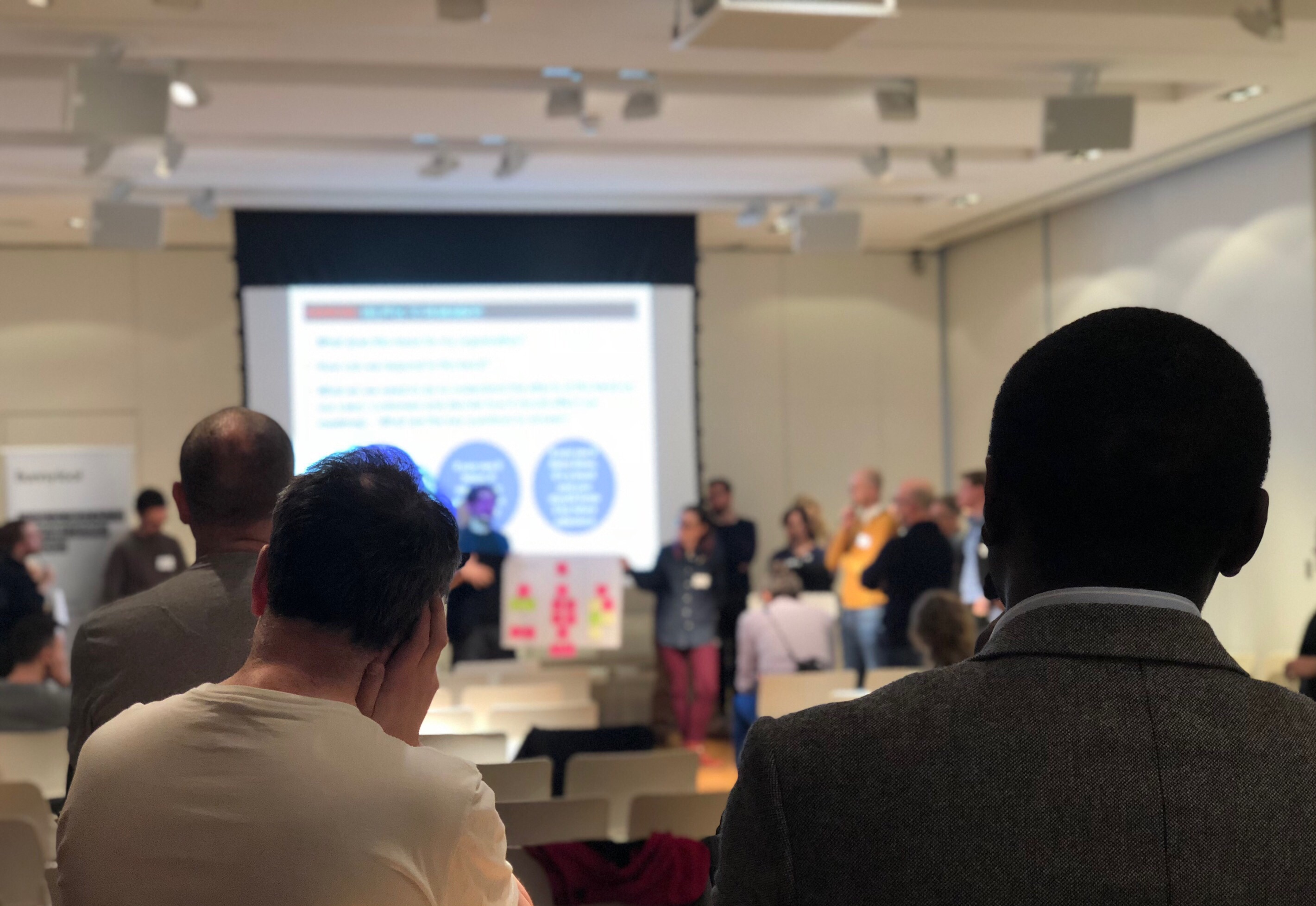
After talking through the above trends, we ran a workshop where attendees could share their thoughts on how these (and other) trends will impact the industries they work in.
At Bunnyfoot, we’re always looking at trends that have an impact, and how our clients can utilise them effectively. We run four of these workshops a year, so if you’d like to attend the next one, just get in touch and we’ll add you to the list!
Find out more:
- Blog: 2018: What’s In Store For UX?
- Blog: The Reality of Virtual Reality User Testing – Our Top Tips
- Training Course: UX Strategy





